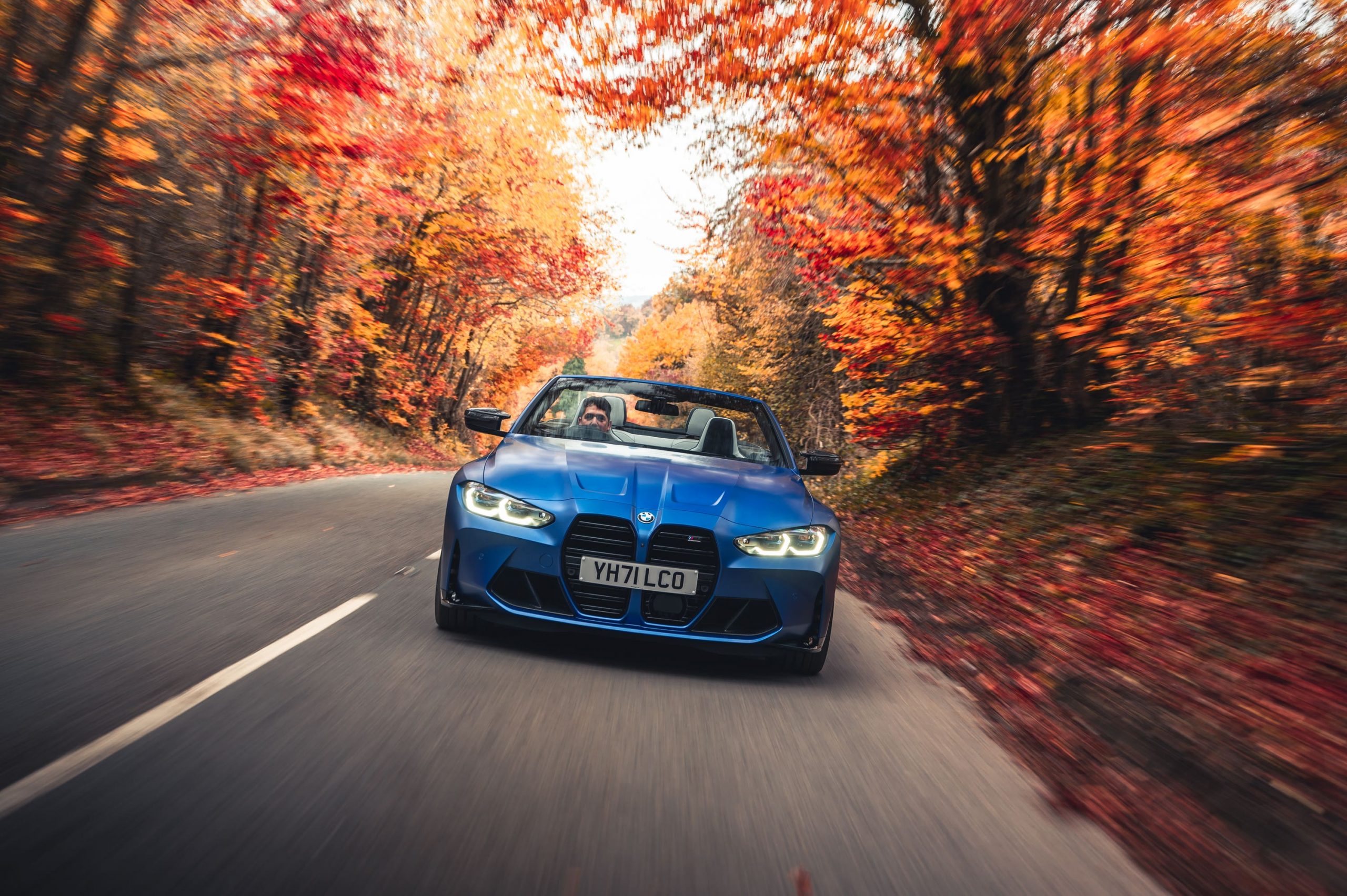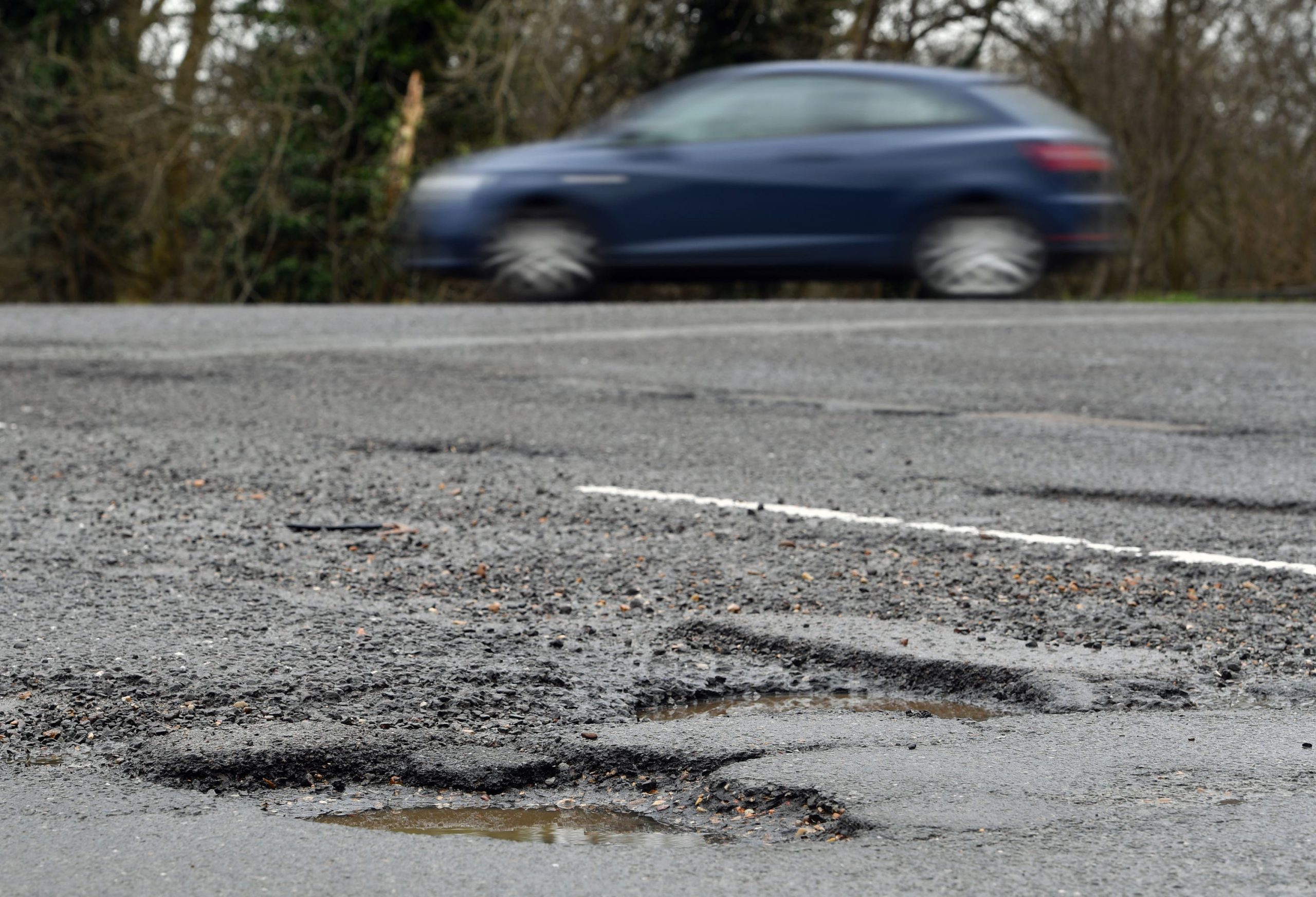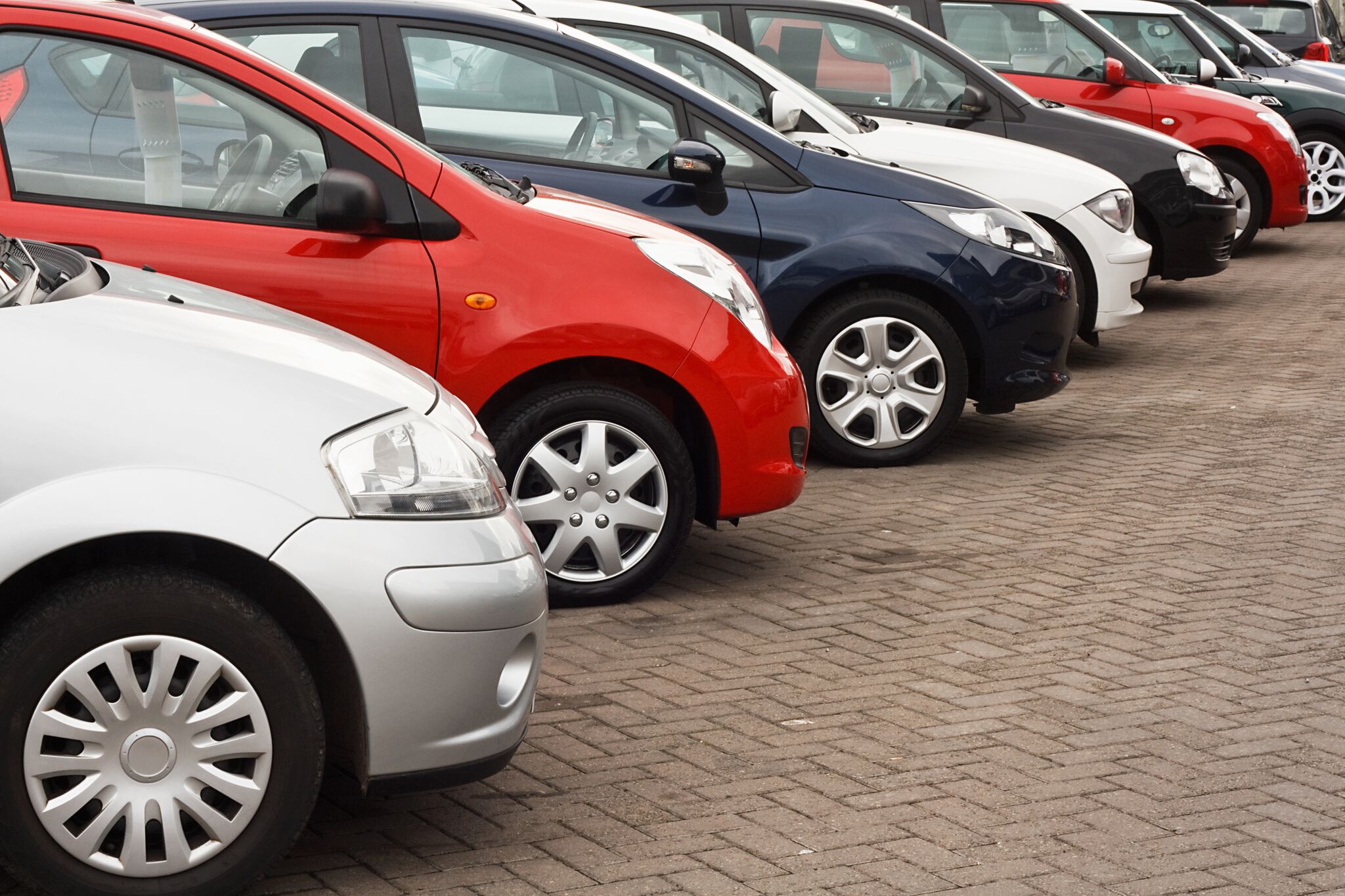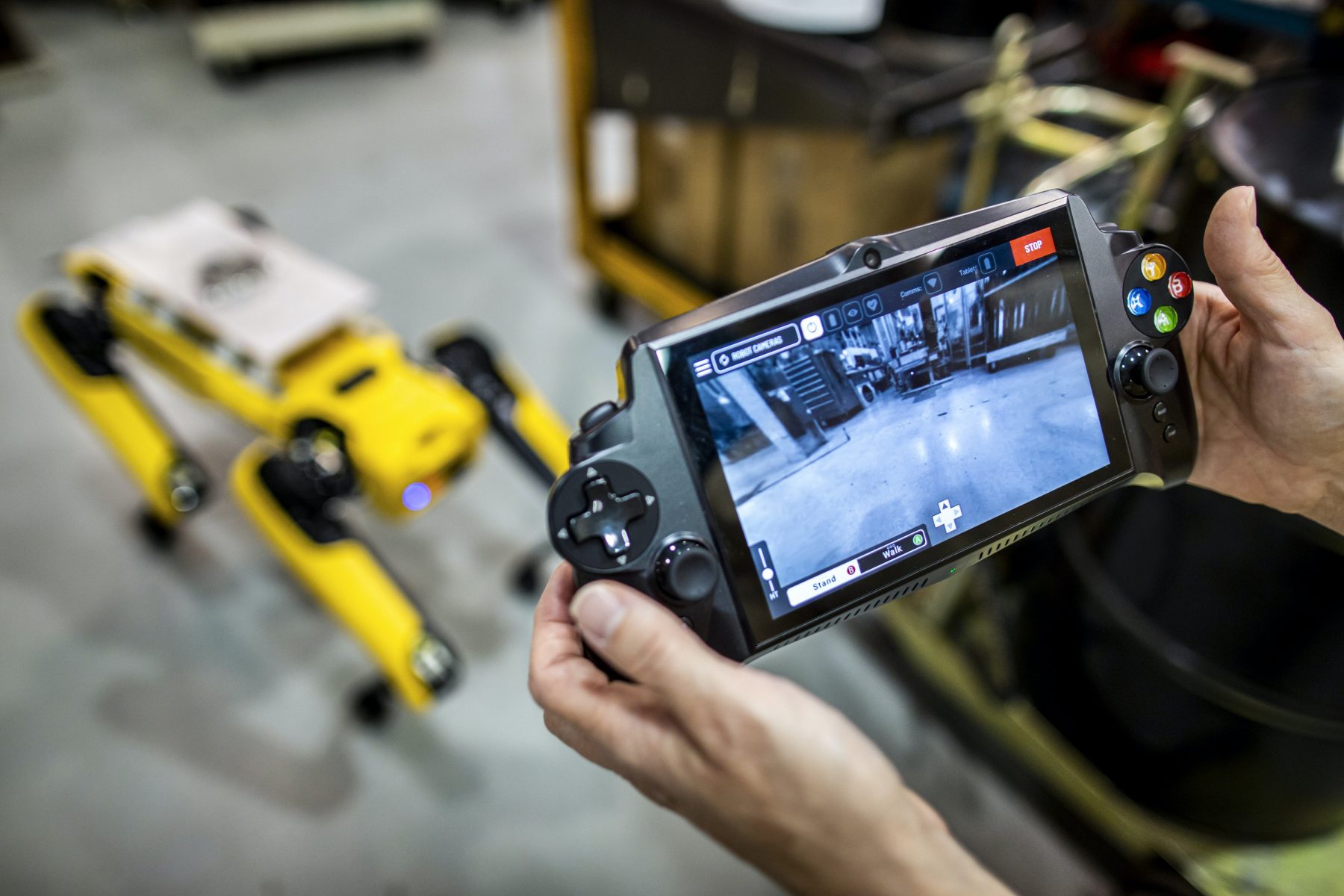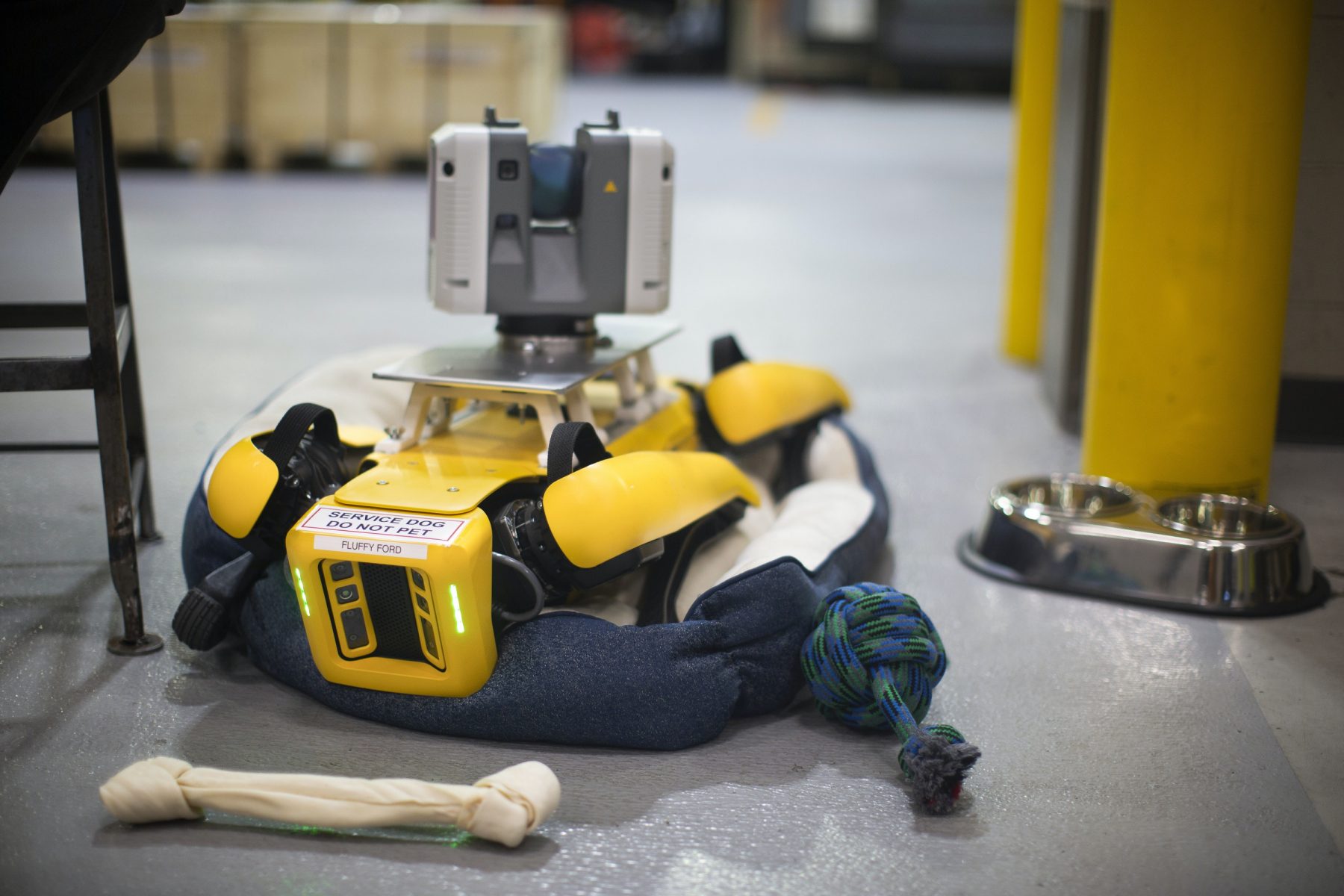How has removing the roof changed the M4 experience? Jack Evans finds out.
What is it?
BMW’s latest M4 has established a positive reputation for itself, despite having only been on sale in the UK for just under two years. And, fitting in with previous generations of this performance car, BMW has seen fit to broaden the range with the addition of a drop-top version.
Not only does it ditch the folding metal roof of its predecessor, but this new M4 Convertible brings BMW’s clever xDrive all-wheel-drive system too. But do all of these changes dilute the experience? We’ve been finding out.
What’s new?
So, as we’ve touched upon, that folding roof is the biggest change here. No longer do you get a metal folding version, but instead a more lightweight fabric setup. BMW says that it weighs 40 per cent less than before – and weight is usually an issue when you lop the roof off a car – and means that you get 80 litres more luggage space when the roof is stowed away compared with its predecessor.
The roof takes just 18 seconds to open or close, too, and it can be operated at speeds of up to 31mph. If you’re caught off-guard by a rain shower, you’ll easily be able to put the roof up while sitting at the lights.
What’s under the bonnet?
As with both the regular M4 and larger M3, the M4 Convertible uses a turbocharged 3.0-litre straight-six engine which, here, produces 503bhp and 650Nm of torque. Driven to all four wheels through an eight-speed automatic transmission, that output enables a 0-60mph time of 3.5 seconds and a top speed of 155mph.
Thanks to that xDrive system you’ve got more traction, too, though you’re able to adjust how much power is sent to the rear wheels through the car’s driving modes – you can set it solely to rear-wheel-drive for a more ‘traditional’ M4 experience, in fact.
BMW says you should see around 22.8mpg – and we saw much higher than this during longer motorway stints – while CO2 emissions stand at 232g/km. It’s worth pointing out that you can only get the Convertible with xDrive, whereas the hard-top versions can be either xDrive or solely rear-wheel-drive.
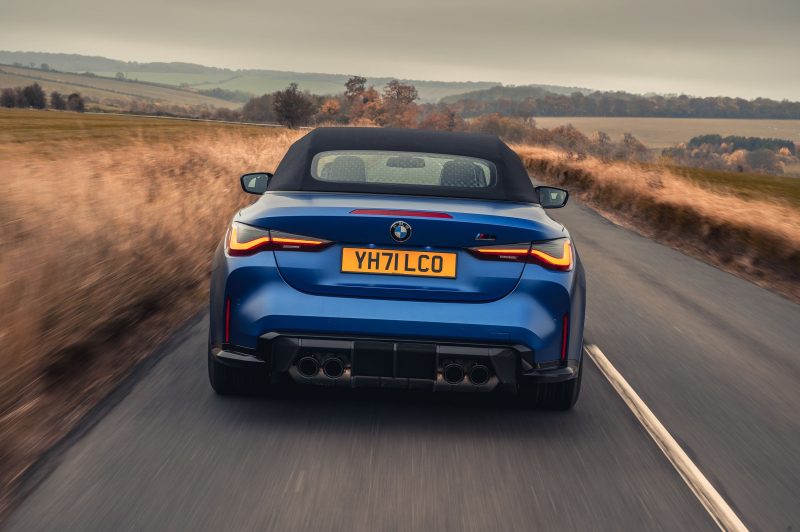
What’s it like to drive?
We drove the M4 Convertible through some pretty horrendous weather at times and what shone through was just how stable this car is in poor conditions.
The addition of that xDrive system gives it some proper traction in the wet, so there’s none of that slightly nervous feeling that you may have found in M4 generations of old. The fabric roof manages to keep the cabin remarkably hushed, too, and there doesn’t seem to be much of a drop-off in sound insulation compared with the older metal version.
But all of this doesn’t mean that the M4 Convertible isn’t fun. It remains monstrously fast – just as the hard-top is – with sharp, agile handling that really allows you to key into the route you’re taking with ease. With the roof lowered, all of that experience is elevated, though the cabin does get particularly blowy, even with the wind deflector in place.
How does it look?
Though the removal of that metal roof might take away some of the sleekness that you got on the previous M4 Convertible roof, the new fabric version still manages to create a streamlined and attractive look. Fold it down and the M4 becomes a genuinely eye-catching thing, with its muscly arches only helping to take its presence further.
That front grilles – which caused such a stir when it was first revealed – feels somewhat toned down in the Convertible, though we could just be getting used to the sight of it.
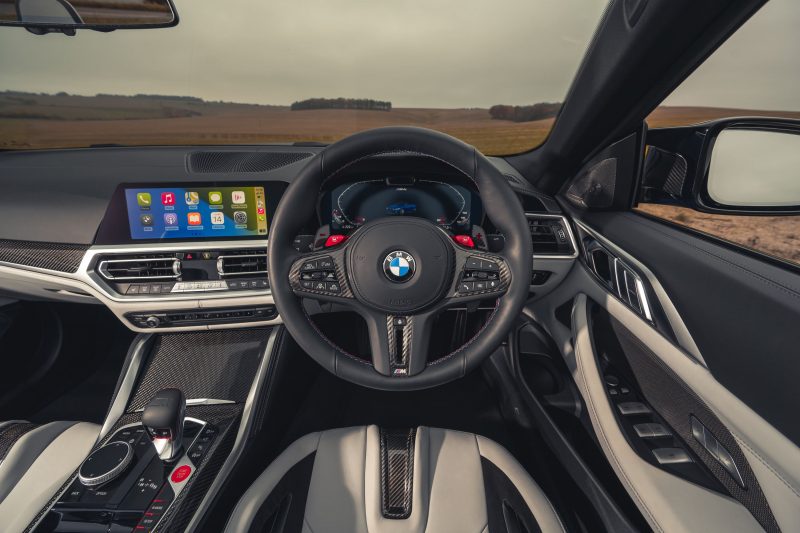
What’s it like inside?
The M4 Convertible’s interior is finished to a really high standard, with plenty of good-quality materials used throughout. Our test car’s blue leather might not be everyone’s go-to choice, but against the black exterior it looked – to our eyes at least – pretty good. The driving seat has plenty of adjustability and allows you to get nice and low in the car. The carbon-backed bucket seats provide ample support, too.
How’s the space in the rear though? It’s pretty good, in truth. Those large carbon front seats do eat into rear-seat legroom, but adults will be able to sit there for shorter journeys easily. It’ll be more than spacious enough for kids, too.
What’s the spec like?
Prices for the M4 Convertible start from £85,870, with all cars receiving electric heated memory seats, automatic air conditioning and lashings of carbon fibre trim as standard. BMW’s latest infotainment system is included, too, and it’s very easy to use and swift to react to inputs.
Our test car came in at £93,270 in the end, with the bulk of that additional cost coming through the fitment of the £11,250 ‘Ultimate Pack’ which brought features like those carbon bucket seats and BMW’s powerful Laserlights, as well as a heated steering wheel and wind deflector. In truth, it feels like both of these latter options should come as standard in this drop-top model – they’d be less required in the hard-top version.
Verdict
Though convertible versions sometimes bring a trade-off in performance and driveability over their fixed-roof stablemates, that doesn’t feel the case with the M4 Convertible. The inclusion of xDrive makes this a genuinely capable all-weather model, while that new fabric roof hasn’t hampered refinement when it’s in place.
Though for outright sharpness you might be tempted to still opt for the ‘regular’ M3 or M4, this Convertible version shows that there’s very little drawback for wanting open-air thrills.
Facts at a glance
- Model: BMW M4 Competition M xDrive Convertible
- Base price: £85,870
- Price as tested: £93,270
- Powertrain: 3.0-litre turbocharged straight-six petrol
- Power: 503bhp
- Torque: 650Nm
- Max speed: 155mph
- 0-60mph: 3.5 seconds
- CO2 emissions: 232g/km
- Economy: 22.8mpg






